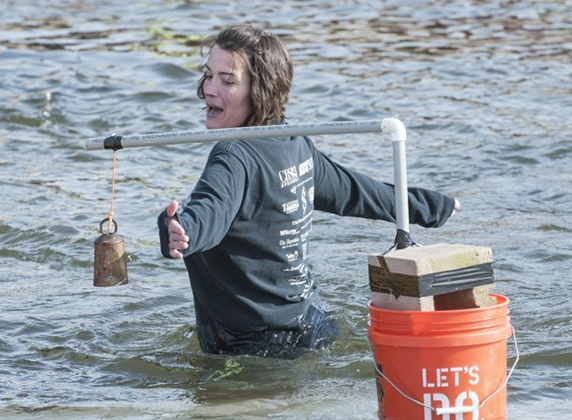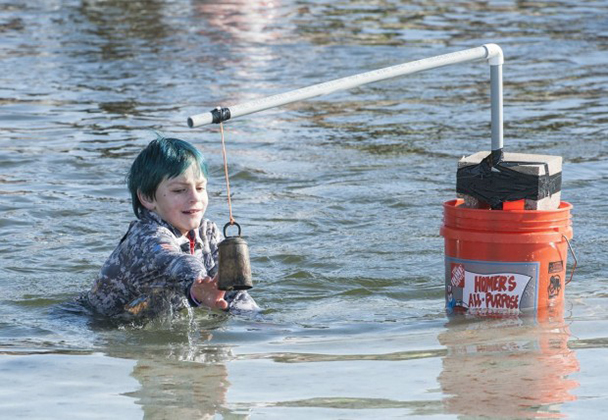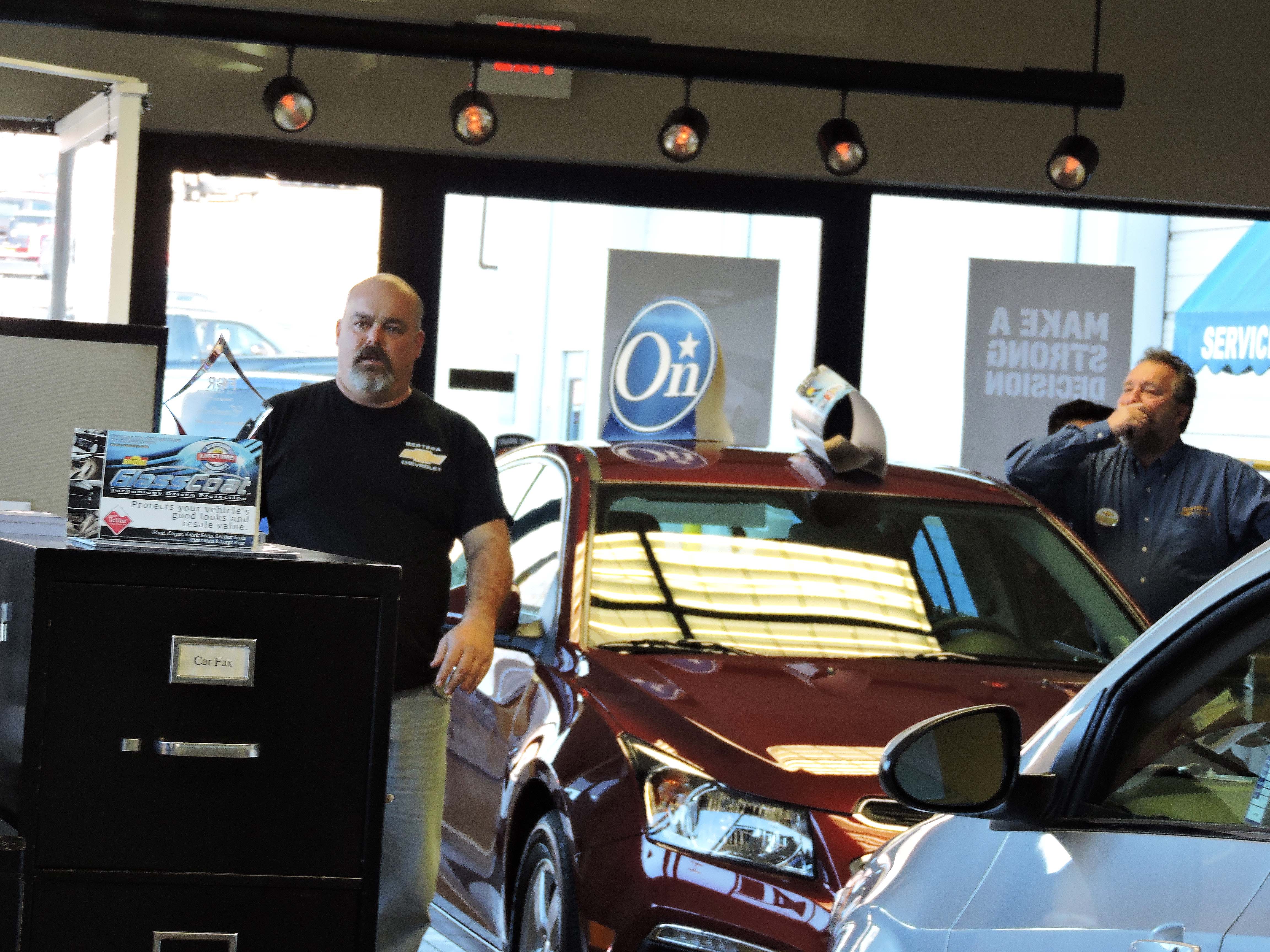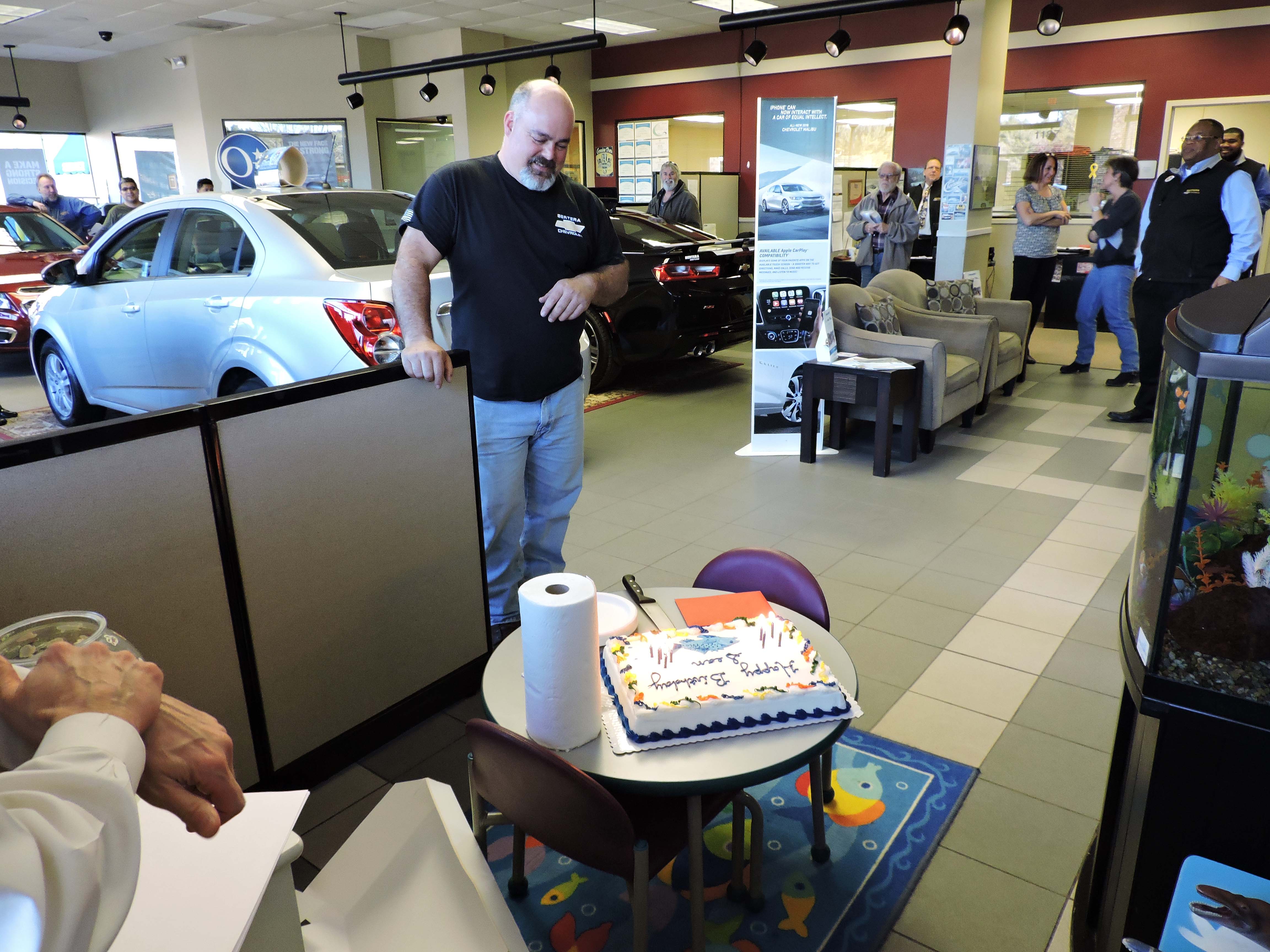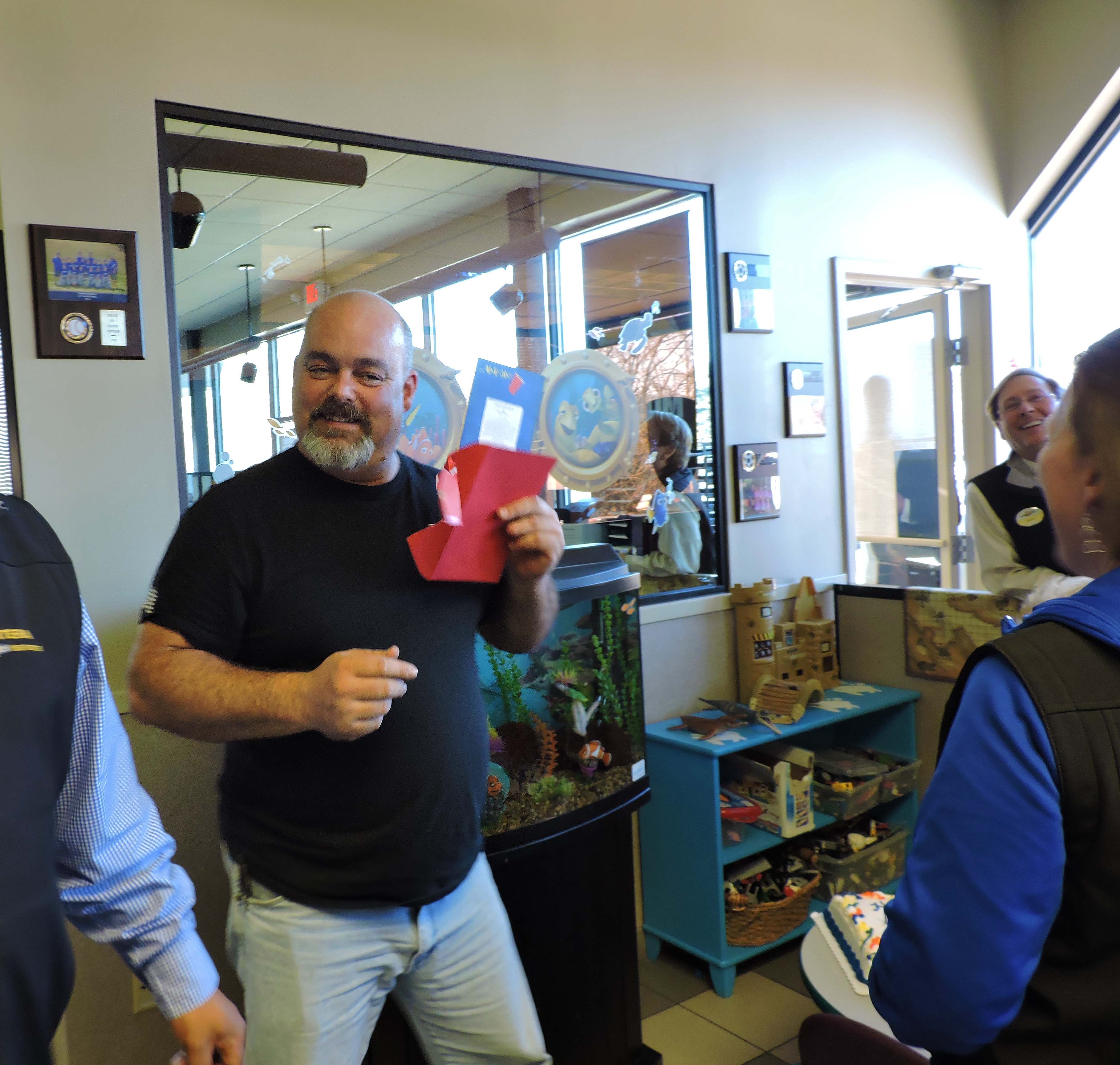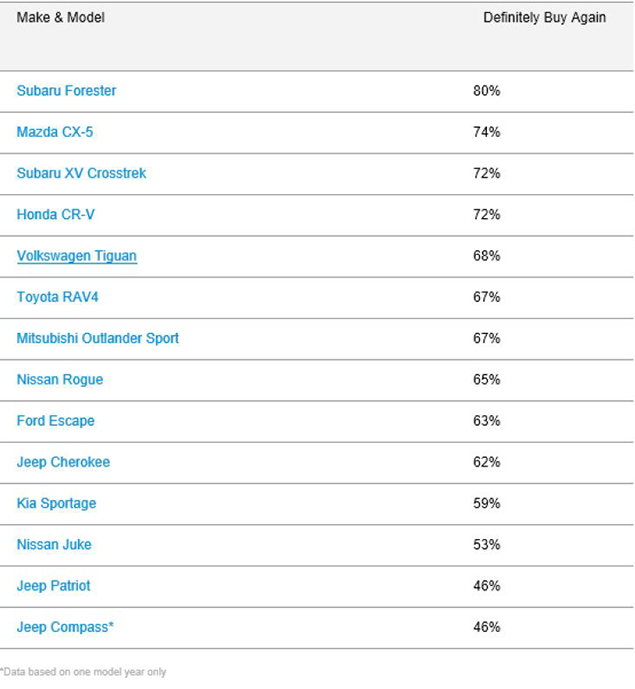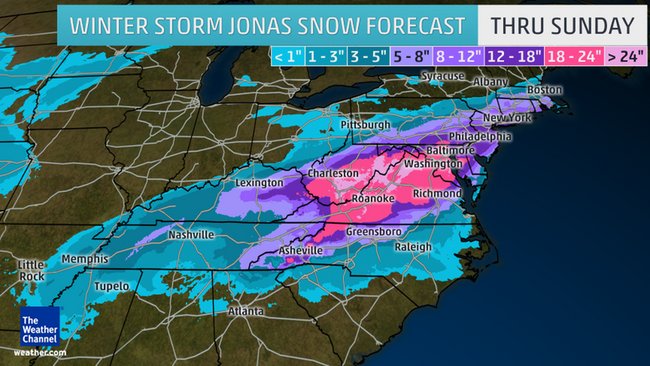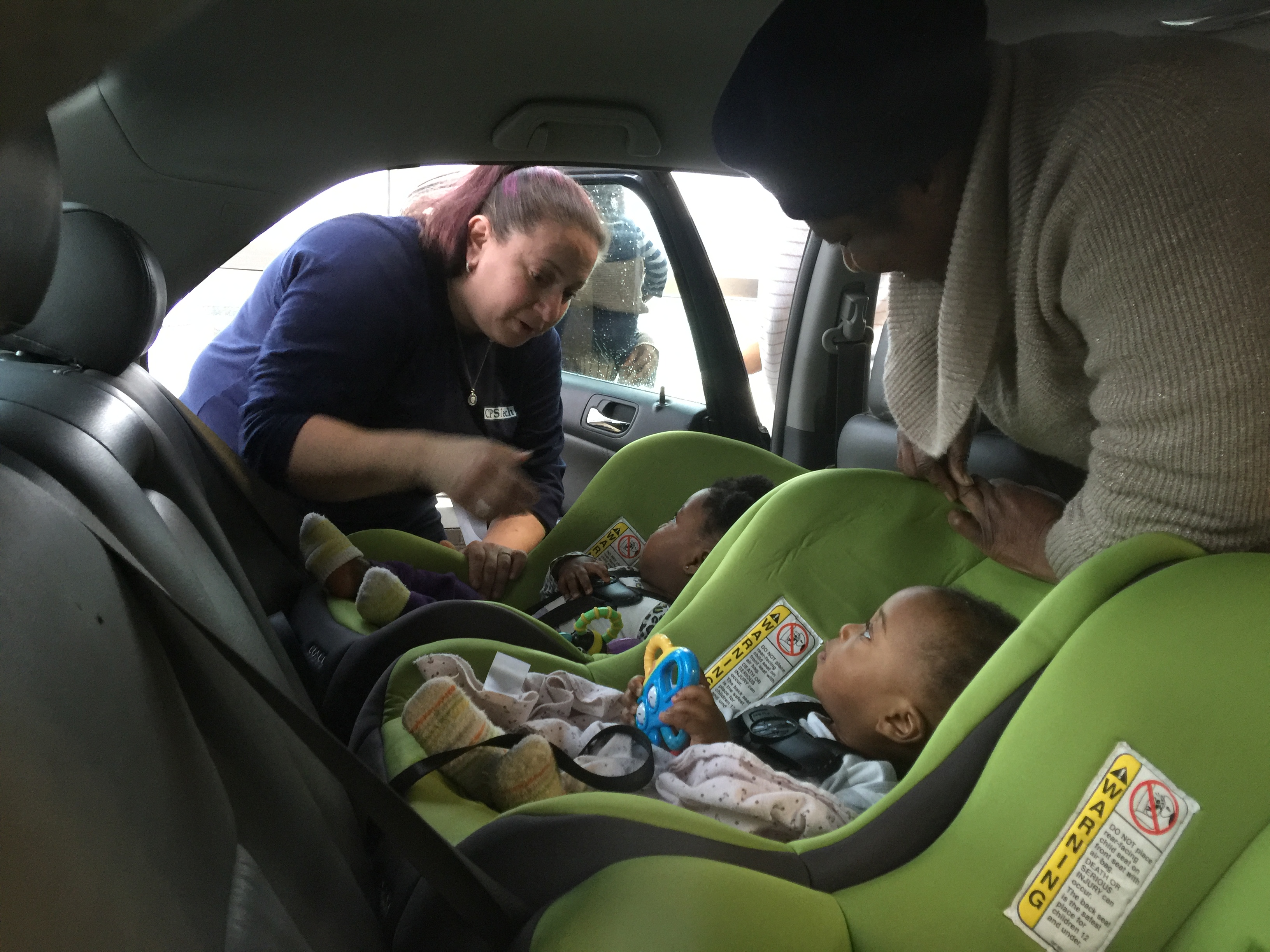
Preparedness is essential to surviving the winter here in the northeast. You never know when your car won’t start or if it will even make it out of the driveway. It’s your job to have the tools necessary to keep you ahead of the game. Make sure your winter emergency kit has the following items to best increase your chances of a hassle-free winter this season.
Flashlight – if you’re ever caught on the side of the road at night you’re going to wish you had a flashlight. It beats having to use your cellphone’s battery in order to provide light.
Cellphone – Should the time come that you’re stuck anywhere, the first and best tool is your cellphone. Cellphones can be used to call for help and sometimes even guide the user to the right course of action.
Washer Fluid – You can’t go wrong by carrying extra washer fluid. Be weary about leaving a full jug of washer fluid in your vehicle during the winter as the jug may break if the liquid freezes.
Jumper Cables – At the first indication of a dying battery be sure to visit your local Bertera Service Center to have it replaced without lifting a finger. Once the battery indicator appears on your dashboard it’s essential that you have it recharged or changed. Get it done before you end up in your driveway with a dead battery.
First aid kit – First Aid Kit’s are essential and should be in every vehicle. When the kids play a little too rough or you get a cut at the office you’re going to wish you had a bandage for the wound. The longer you wait to cover the wound the more chances you have of infecting it.
Water – Keeping extra water in your vehicle could save a life of an animal or even another person. During the winter it may be harder to store water in your vehicle as it will probably freeze over night.
Warning triangles/flares – Warning triangles and flares are emergency items that are commonly used by truck drivers stuck on the side of the road. These can be useful in the winter as it may be hard to see and any indicator of your location is better than none.
Shovel – The northeast is infamous for the amount of snow fall we have. When there is two feet of snow on the ground it isn’t exactly the easiest thing to get out of your driveway or even drive for that matter. To get out of your driveway or perhaps a snow pile on the side of the road you may need to dig yourself out. Having a shovel will be much easier than scooping snow with your hands.
Blankets/rags – Having extra blankets and rags in your vehicle will come in handy when the time comes to wait for the tow truck. Vehicles get stuck in the snow, it happens. Whether it has to be a cold uncomfortable wait is up to you. Be prepared for any event this winter.
Tool kit – The time will come when you have to look up how to fix something in your vehicle. Having instructions is good and all but not having the tools is unacceptable. Save yourself some money and purchase a tool kit for the vehicle.
Snowbrush/ice scraper – Aid your vehicle in the defrosting process by removing snow and ice from your vehicle’s roof, trunk, hood, bumpers, mirrors, and wheel wells. Keep your gloves dry by using a snow brush and ice scraper!
Cellphone charger – Using a cellphone while driving is frowned upon and dangerous. Now, there are times when a cellphone is needed on the road, like when you need to call for help when your vehicle is stuck somewhere. Having a fully charged cellphone can save your life on the road one day. Be sure to always have a car charger for your phone.
Tire chains – Tire chains can be a very important tool in the winter, depending on where you reside that is. For people in the bigger cities we recommend upgrading to winter tires rather than putting tire chains on their vehicle. Another thing to note is whether your vehicle is Front-Wheel Drive, Rear-Wheel Drive, All-Wheel Drive, or Four-Wheel Drive. Depending on the drive train of the vehicle you may have to attach the tire chains to a specific set of tires.
Rope – Rope is essential for every emergency kit. Be sure to keep some durable rope in your vehicle just in case.
Traction sand/mats – With winter comes the ice we all dread. When your tires are covered in snow and hit the ice chances are your vehicle isn’t going to stop or move depending on your speed when you hit the ice. If you’re stuck in your driveway on a sheet of ice the best choice would be to throw some sand, salt, kitty litter, or traction mats down to aid your vehicle.
Extra coat, hat, and gloves – You never know when you may be stranded or who you’ll be with. It’s important to be at least mildly prepared for any situation. In the situation you get stranded with a passenger or even forget your gloves or hat at home you will wish you had prepared better.
Snacks – Non-perishable food is great to have in your vehicle! You never know when you’re going to want, or better yet, need some food in your system.
Fire extinguisher – Vehicles are generally designed to avoid bursting into flames, that being said we know anything can happen. That is why it’s important to have a fire extinguisher in your vehicle anyways. Be sure the extinguisher can handle both gas and electric fires. For more information about fire extinguishers click here.
Source(s):
FemaLifeSafety.org
Be sure to
Like us on Facebook
Follow us on Twitter
Add us to your circle on Google+
Follow us on Instagram
For more information visit our website





